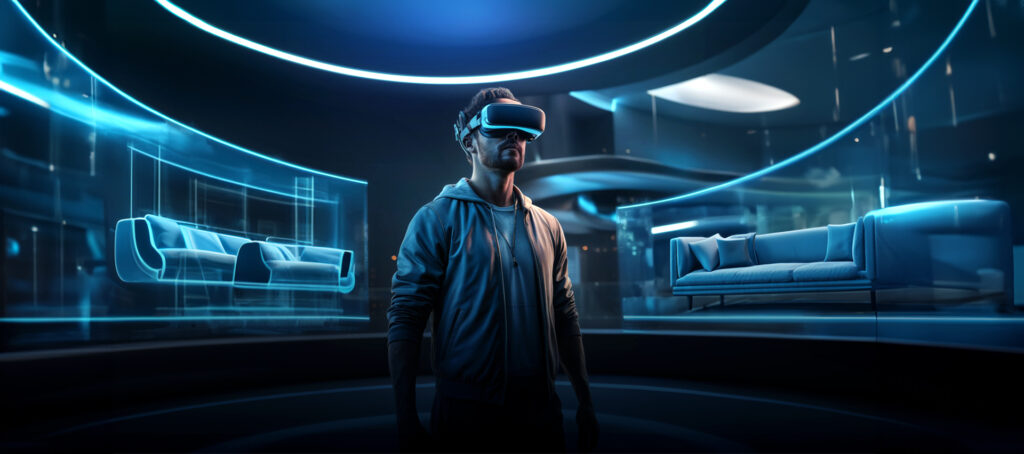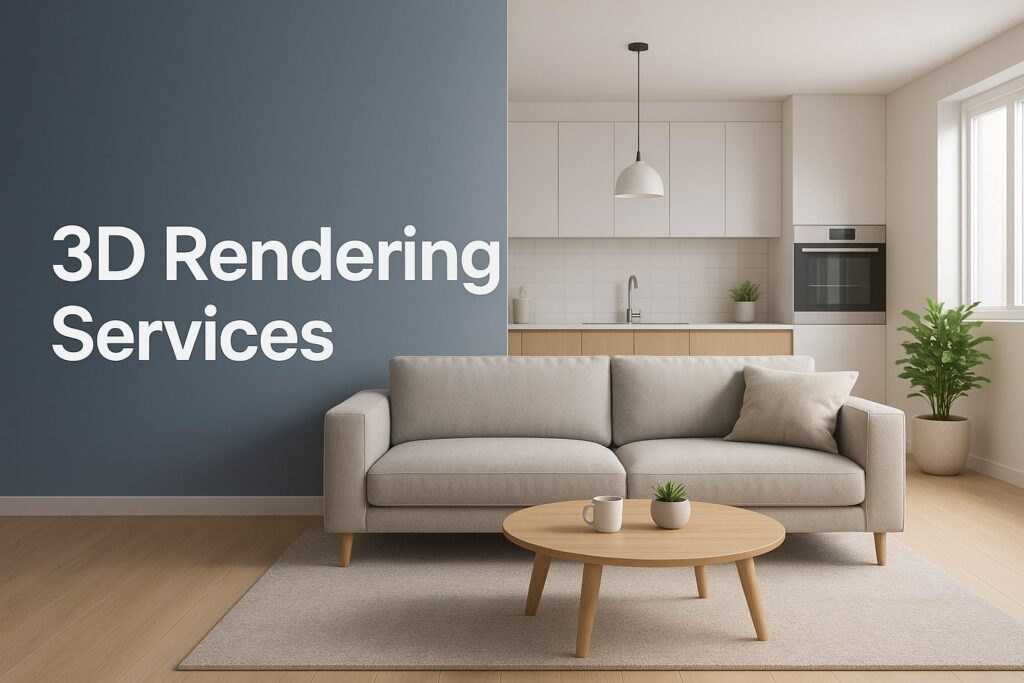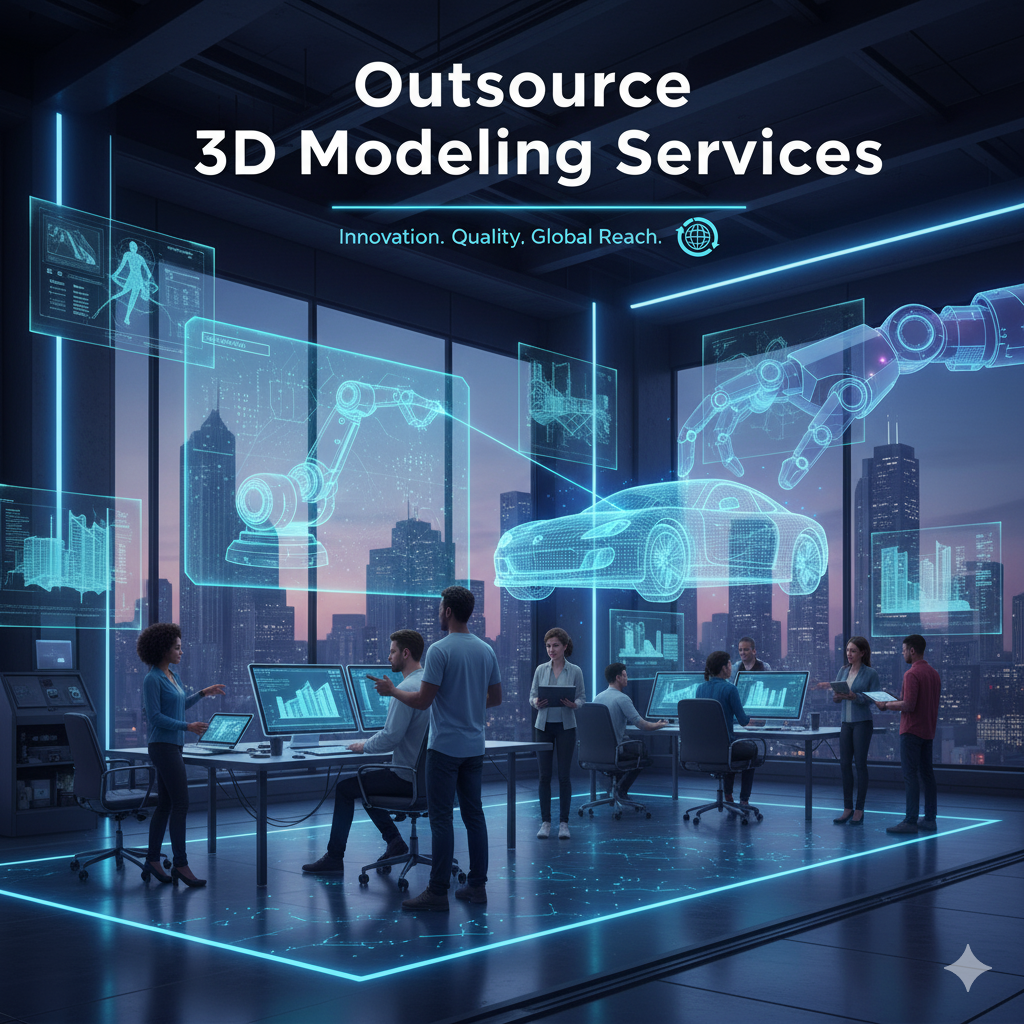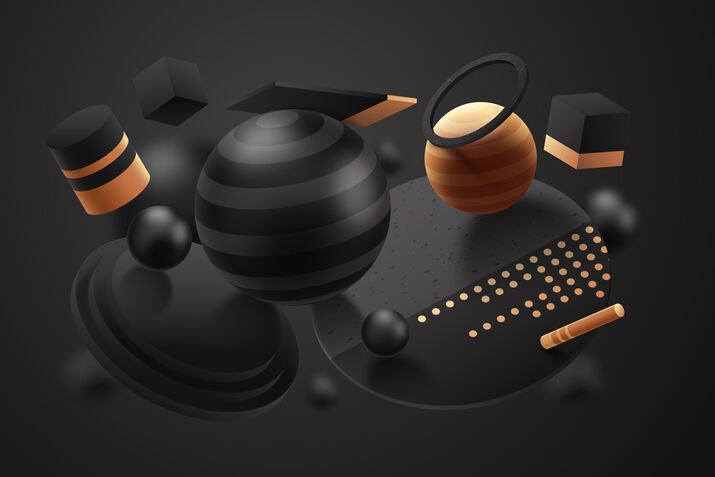OUTSOURCE CREATIVE SERVICES - OUTSOURCE CREATIVE WORKS-OUTSOURCING CREATIVE WORK - OUTSOURCE CREATIVE DESIGN -OUTSOURCE 2D ARTWORKS - 2D ART SERVICES - 2D ART OUTSOURCING -ART OUTSOURCING - OUTSOURCE ILLUSTRATION WORKS - OUTSOURCE ILLUSTRATION SERVICES - OUTSOURCE 3D MODELING - 3D MODEL OUTSOURCING- OUTSOURCING CAD WORKS- OUTSOURCE ARCHITECTURAL SERVICES -BIM - REVIT - 3D FLOOR PLAN - BIM OUTSOURCING SERVICES - MEP - REVIT MODELING - 3D FURNITURE MODELING - 3D ARCHITECTURE MODELING - AUGMENTED REALITY MODEL - VIRTUAL REALITY MODEL - 3D RENDERING - PRODUCT MODELING - 2D SERVICES - OUTSOURCE CREATIVE SERVICES -3D MODELING SERVICES - VFX
10 Ways Outsourcing 3D Modeling Can Speed Up Your Design Workflow
In the competitive arenas of 3D Architecture, 3D Product Design, and e-commerce, speed is the ultimate differentiator. The ability to move rapidly from concept to photorealistic visualization, and from physical prototype to interactive Augmented Reality - Virtual Reality (AR-VR) experience, is what separates market leaders from followers.

However, the creation of high-fidelity 3d modeling and design assets is notoriously time-consuming, requiring specialized software, massive computing power, and highly trained technical staff. For many businesses, the visualization pipeline is the single biggest bottleneck in their design workflow.
By delegating the technical heavy lifting, companies can unlock unparalleled efficiency, focus their internal talent on innovation, and accelerate their entire design-to-market cycle. This isn't just about saving money; it’s about saving time, which translates directly into higher revenue and increased competitiveness.
Here are 10 definitive ways that leveraging expert Outsource 3D Modeling services can speed up your design workflow, ensuring you deliver faster, better, and more scalable visual content.
1. Implement the 24/7 "Follow-the-Sun" Workflow ☀️
The Speed Advantage: Accelerated production cycle.
This is perhaps the most immediate time-saving benefit. By partnering with a global Outsource 3D Modeling services provider, your project is worked on around the clock. Your in-house design team can finish the conceptual work or revisions at the end of their workday, upload the files, and issue instructions. The outsourced team, working in a different time zone, processes the model, applies initial Texturing, or completes the 3D Rendering overnight. When your team logs in the next morning, the updated, high-quality asset is ready for review. This workflow effectively cuts project timelines in half, especially for urgent 3D Architecture bids or tight launch windows.
2. Achieve Instant, Elastic Scalability on Demand 📈
The Speed Advantage: Eliminates resource bottlenecks during peak periods.
Design project volume is rarely consistent. Firms often face intense spikes in demand (e.g., handling a 1,000-SKU Outsource 3D Furniture Modeling catalog launch or managing visualization for an entire master-planned 3D Architecture community). Trying to scale an in-house team quickly is impossible; it involves lengthy hiring, training, and hardware procurement.
Outsourcing offers elastic scalability. You can instantly ramp up your modeling capacity from two artists to twenty simply by adjusting your service contract. This instantaneous, flexible workforce ensures that high-volume projects are never delayed by a lack of internal resources.
3. Convert Tedious Texturing into Automated Specialization 🎨
The Speed Advantage: Rapid material application and realism.
Texturing is the foundation of photorealism in any 3D Rendering, but the creation of PBR (Physically Based Rendering) maps and the detailed application of materials is time-consuming. It requires mastery of specialized software like Substance Painter or advanced node editors.
By engaging an expert partner for Outsource 3D Modeling services, you delegate this complexity. These specialists use libraries and proprietary workflows to apply and refine photorealistic materials instantly. For 3D Product Design, they can create 50 different material variants (e.g., wood stains, fabric patterns) in the time it would take an in-house generalist to complete one.
4. Eliminate Costly Physical Prototyping Cycles 💡

The Speed Advantage: Accelerates design approval and time-to-manufacture.
For 3D Product Design and Outsource 3D Furniture Modeling, the physical prototyping stage is both the most expensive and slowest part of the workflow. Iterating requires manufacturing new samples, shipping, and photographing—a process that can take weeks per revision.
Outsourcing allows for virtual prototyping. The partner delivers detailed 3D Rendering and interactive models. Design changes (a slight curve adjustment, a different joint detail) can be made digitally within hours. This accelerated virtual refinement means you go to physical manufacturing with a near-final, validated design, saving weeks or months in the development cycle.
5. Free Your Core Designers for Innovation and Strategy 🧠
The Speed Advantage: Maximizes the focus of high-value internal talent.
Your in-house architects and senior designers are paid to innovate and maintain client relationships, not to manage render farms or clean up model topology.
By choosing Outsource 3D Modeling services, you delegate the non-core, time-intensive tasks—such as creating final 3D Rendering compositions, optimizing meshes for web display, or creating secondary 3d modeling and design assets. This frees your core team to dedicate their energy to concept development, client strategy, and value-adding design work that only they can do, drastically boosting overall firm efficiency.
6. Guarantee Technical Compliance for AR-VR Deployment 📱
The Speed Advantage: Instant readiness for immersive marketing channels.
The single biggest time-waster in deploying Augmented Reality - Virtual Reality (AR-VR) experiences is technical optimization. A photorealistic model is often too heavy (high-polygon count) for real-time mobile applications.
Specialized Outsource 3D Modeling services partners are experts in low-poly optimization and AR file formats (USDZ, GLTF). They automatically process the master model into an AR-compliant asset, ensuring it loads instantly on a customer's phone camera. This technical guarantee eliminates weeks of back-and-forth between design and development teams trying to fix non-compliant, heavy models.
7. Accelerate E-Commerce Catalog Production Massively 📸
The Speed Advantage: Creates an entire product catalog in days, not months.
For Outsource 3D Furniture Modeling or product manufacturers, traditional photography is a paralyzing workflow bottleneck. Every material change or new angle requires a new, expensive photoshoot.
With Outsource 3D Modeling services, once the master 3D Product Design model is created, generating an entire e-commerce catalog is a matter of automated 3D Rendering. The partner can digitally change the set dressing, lighting, and materials (e.g., rendering a sofa in all 20 available fabrics) in days, eliminating all logistics, studio setup time, and expensive reshoots.
8. Gain Instant Access to Specialized Software and Hardware 💻

The Speed Advantage: Avoids the time and cost of internal IT setup.
High-end 3D Rendering and modeling require constant investment in the latest software licenses (V-Ray, Unreal Engine, 3ds Max) and powerful hardware (GPU farms). The time spent researching, procuring, installing, and maintaining this IT infrastructure is substantial.
By outsourcing, you bypass this entirely. You gain immediate access to the partner's cutting-edge infrastructure and technical expertise without spending a single hour on IT setup or maintenance. You are buying time and capacity, not struggling with technology.
9. Reduce Design Revisions through Superior Visualization 🖼️
The Speed Advantage: Speeds up client approval cycles.
Ambiguity in design leads to lengthy, costly client revisions. Simple 2D drawings or basic wireframes often fail to capture the final intent.
High-quality, photorealistic 3D Rendering and immersive Augmented Reality - Virtual Reality walkthroughs, delivered rapidly by the outsourced team, eliminate this ambiguity. When a client can experience the 3D Architecture or 3D Product Design with perfect realism from the start, approval cycles are dramatically shortened, moving the project forward faster.
10. Mitigate Project Risk and Ensure Workflow Continuity 🤝
The Speed Advantage: Maintains project momentum regardless of internal events.
In-house design workflows are vulnerable to individual bottlenecks—a key artist going on vacation, a computer failure, or a sudden departure.
A professional Outsource 3D Modeling services firm operates with multiple redundancies. If one modeler is unavailable, another immediately takes over. Their workflow is process-driven, not individual-dependent, ensuring that your project timeline for 3D Architecture or 3D Furniture Modeling remains rock-solid and predictable, eliminating unforeseen delays.
Conclusion: The Strategic Imperative
The competition in 3D Architecture, 3D Product Design, and digital commerce demands workflows that are both high-quality and exceptionally fast. Trying to meet this demand with a fixed, in-house team is a recipe for creative bottlenecking and project delays.
Outsource 3D Modeling services provides the definitive pathway to enhanced efficiency. By strategically embracing this model, design firms gain the essential technical expertise, elastic capacity, and 24/7 production cycle needed to excel. The time and resources saved by delegating 3D Rendering, Texturing, and complex Augmented Reality - Virtual Reality optimization can be instantly reinvested into core design innovation, ensuring that the firm remains agile, competitive, and focused on delivering visionary results.
The Comprehensive Advantage: Integrating Niche Services for Maximum Speed
The true power of outsourcing is realized when these 10 advantages work in concert across your entire digital presence:
- For E-commerce: Outsource 3D Furniture Modeling to immediately populate your site with thousands of unique product views.
- For Product Development: Leverage specialized 3D Product Design talent to quickly iterate and finalize models before manufacturing.
- For Marketing: Use delegated 3D Rendering and Texturing services to generate high-impact visual campaigns rapidly.
- For Immersive Tech: Rely on specialized providers to craft performant Augmented Reality - Virtual Reality Models that are ready for immediate deployment.
- For Built Environments: Accelerate client approvals by using expert 3D Architecture teams to create realistic visualizations instantly.
By making the strategic decision to Outsource 3D Modeling services, companies transform their design workflow from a bottleneck into a hyper-efficient engine of innovation and production. This enables them to not only meet the massive creative demands of the digital age but to surpass them, securing a definitive competitive advantage.
Frequently Asked Questions (FAQs)
1. What is the primary advantage of outsourcing 3D modeling besides cost savings?
The main advantage is speed and scalability. Outsourcing allows firms to utilize 24/7 global production cycles, handle sudden high-volume demands instantly, and accelerate project delivery times significantly.
2. How does outsourcing help with modern technologies like AR/VR?
Outsourcing partners specialize in creating optimized, low-polygon models necessary for smooth Augmented Reality - Virtual Reality experiences, ensuring the assets are ready for immediate deployment in apps and virtual environments.
3. Is my intellectual property safe when I Outsource 3D Modeling services?
Yes. Reputable Outsource 3D Modeling services providers operate under strict Non-Disclosure Agreements (NDAs) and have robust security protocols to protect all proprietary 3D modeling and design data.
4. What is the difference between 3D Modeling and 3D Rendering in the context of outsourcing?
3D modeling is the creation of the digital geometry (the object itself). 3D Rendering is the process of generating a photorealistic image or animation from that model, applying materials, lighting, and textures. Outsourcing partners typically handle both tasks simultaneously.
5. Can I Outsource 3D Furniture Modeling for my existing e-commerce catalog?
Absolutely. Outsourcing is ideal for converting large catalogs of existing products (like furniture) from traditional photography to accurate, high-quality Outsource 3D Furniture Modeling assets ready for both e-commerce visualization and AR applications.
6. Which industries benefit most from Outsource 3D Modeling services?
The biggest beneficiaries are 3D Architecture (for BIM and visualization), retail and e-commerce (3D Product Design and furniture modeling), manufacturing, and the gaming/media industries (for rapid asset creation).












